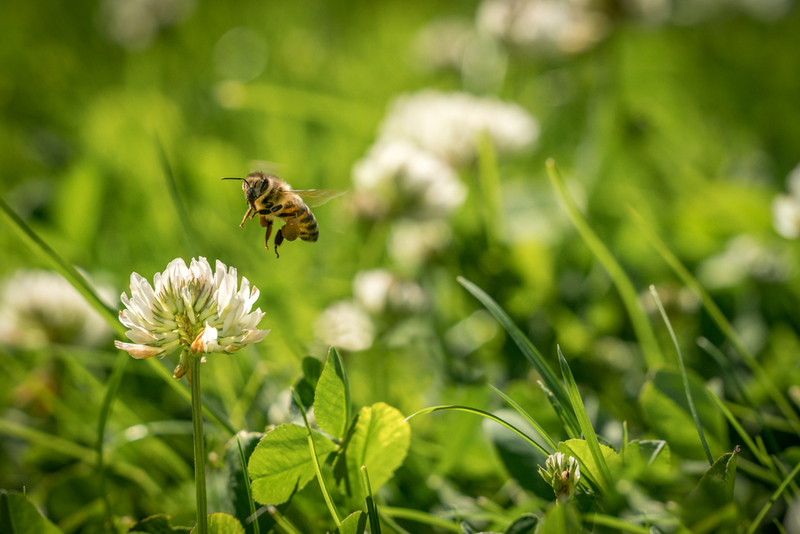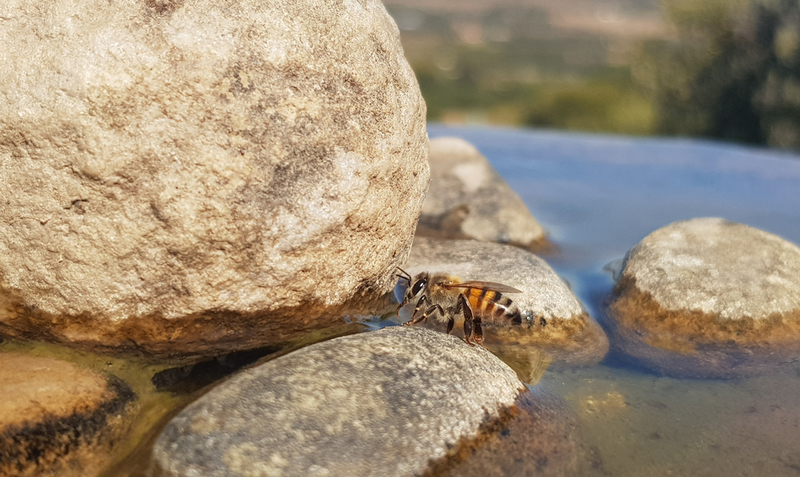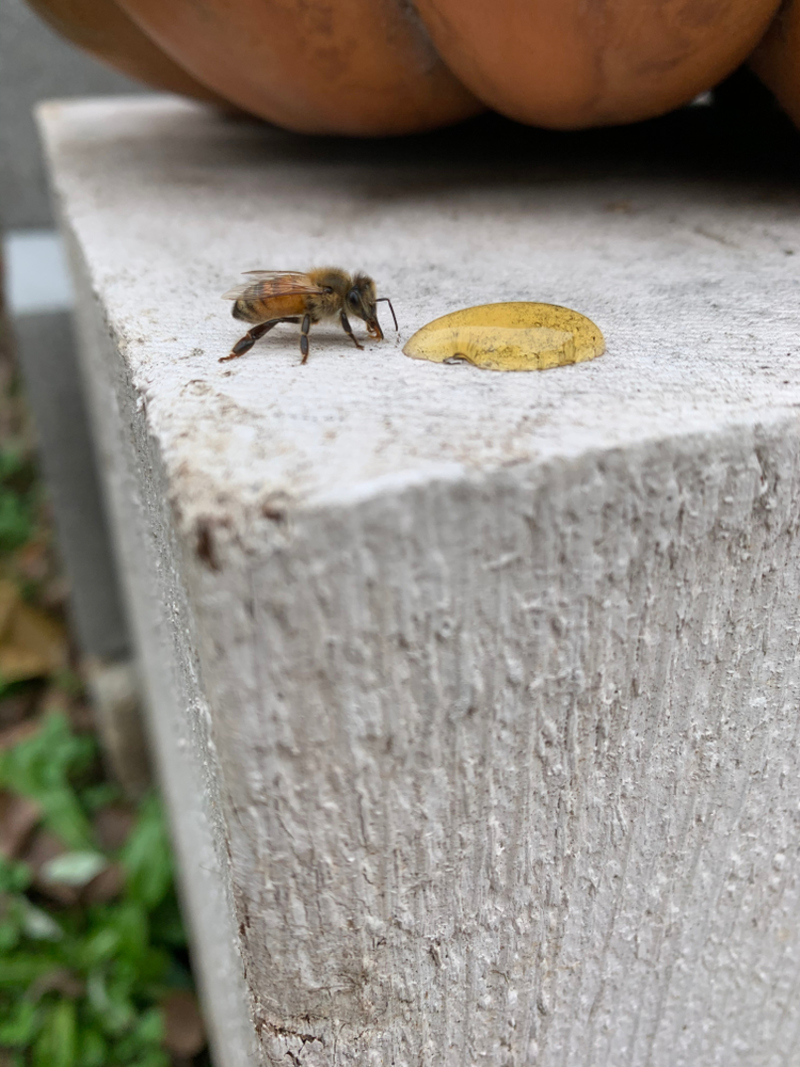Bees are critical for our survival. Climate change and habitat loss can impact bee populations, with many regional species at risk of going extinct. But there are many ways we can ensure their survival – starting at home.
Plant More Trees
Bees indeed love their flowers. But did you know that flowering trees provide the maximum nectar for bees? Tree leaves and resin also provide shelter and safe environments for bees. The more trees we plant, the better the chances of bolstering bee populations everywhere.
Start a Bee Garden
Plant a garden where bees can build homes and find plants rich in nectar and pollen. One of the biggest threats to a bee’s survival is habitat loss. It doesn’t take much to start a bee garden at home — a corner in the yard, planters, or window boxes will do the job just as well. While at it, avoid harmful chemical fertilizers or pesticides to treat your garden. Pesticides can wreak havoc on bees and their fragile bodies.

Make a Bee Bath
The term “busy bee” exists for a reason. Bees work round the clock foraging and collecting nectar. The constant buzzing about can get them tired and thirsty. You can help a tired bee by filling a shallow bowl with clean water for them to drink. Arrange pebbles or stones inside that the bees can land on safely.

Help Tired Bees
The next time you come across what looks like a dead bee, check again. Most of the time, bees are just resting. Exhausted bees can benefit from some sugar mixed in water. Combine two teaspoons of granulated sugar with one teaspoon of water on a plate. Gently place the bee on the container or drip the solution on a bee to revive it. Give the bee time to recover. The key is to let it be(e).

Eat Sustainable Honey
Sustainable and ethical bee farming can benefit bee populations and still allow us to indulge in some honey. It’s always good to source honey from local beekeepers who practice sustainable beekeeping and farming. Bees can easily pick up pesticides while pollinating and carry harmful chemicals back to the hive. Chemicals dramatically reduce bee populations. In addition, toxins can remain in the honey we eat. Ensuring you know where your honey comes from is a great place to start. Another way is to choose to eat honey less often. Think of it as an indulgent sweet treat now and then.